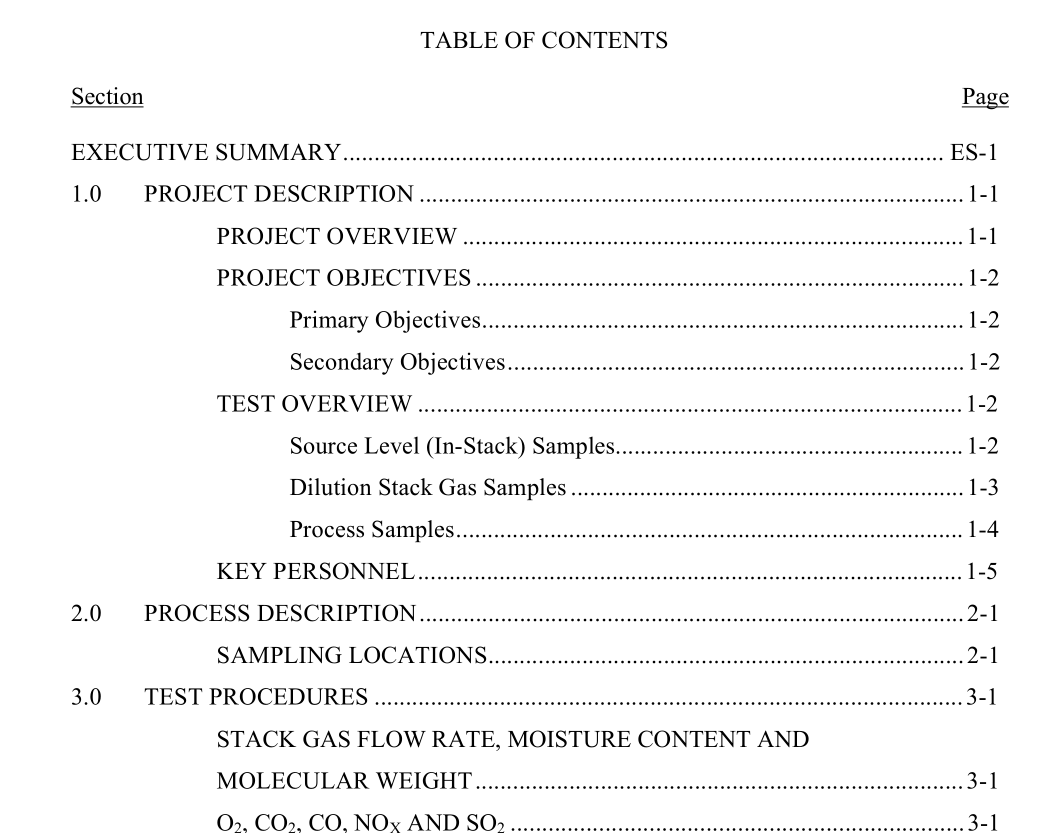API Publ 4703 pdf download

API Publ 4703 pdf download.Characterization of Fine Particulate Emission Factors and Speciation Profiles from Stationary Petroleum Industry Combustion Sources
The main findings of these tests are: · Particulate mass emissions from the boiler were extremely low, consistent with levels expected for gaseous fuel combustion. · Two methods for determining the average emission factor for primary PM2.5 mass gave results which differed in magnitude by a factor of 27: 0.000358 lb/MMBtu using the dilution tunnel; and 0.00974 lb/MMBtu using conventional in-stack methods for filterable and condensible particulate. · Sampling and analytical artifacts principally caused by gaseous SO 2 in the stack gas were shown to produce a relatively large positive bias in condensible particulate as measured by conventional in-stack methods. Most of the difference between the dilution tunnel and conventional method results can be explained by these measurement artifacts. The results using conventional EPA methods are nominally consistent with published EPA emission factors for external combustion of natural gas (U. S. EPA, 1998). Therefore, the published EPA emission factors derived from tests using similar measurement methods also may be positively biased. · Chemical species accounting for 74 percent of the measured PM2.5 mass were quantified. · Organic and elemental carbon comprise 68 percent of the measured primary PM2.5 mass. · Sulfates, iron, copper, chloride, and smaller amounts of other elements account for another 6 percent of the measured PM2.5 mass. · Less than 26 percent of the measured PM2.5 mass is unspeciated. · Most elements are not present at levels significantly above the background levels in the ambient air or the minimum detection limits of the test methods. · Most organic species are not detected at levels significantly above background levels in the ambient air or field blanks. All detected organics are present at extremely low levels consistent with gaseous fuel combustion. · Emissions of secondary particle precursors are low and consistent with levels expected for gaseous fuel combustion.
In 1997, the United States Environmental Protection Agency (EPA) promulgated new ambient air standards for particulate matter, including for the first time particles with aerodynamic diameter smaller than 2.5 micrometers (PM2.5). There are few existing data regarding emissions and characteristics of fine aerosols from petroleum industry combustion sources, and such information that is available is fairly old. Traditional stationary source air emission sampling methods tend to underestimate or overestimate the contribution of the source to ambient aerosols because they do not properly account for primary aerosol formation that occurs after the gases leave the stack. This issue was extensively reviewed by API in a recent report (England et al., 1997), which concluded that dilution sampling techniques are more appropriate for obtaining a representative sample from combustion systems. These techniques have been widely used in research studies (Hildemann et al., 1994; McDonald et al., 1998), and use clean ambient air to dilute the stack gas sample and provide 80-90 seconds residence time for aerosol formation prior to sample collection for determination of mass and chemical speciation. As a result of the API review, a test protocol was developed based on the dilution sampling system described in this report, which was then used to collect particulate emissions data from petroleum industry combustion sources, along with emissions data obtained from conventional sampling methods. This test program is designed to provide reliable source emissions data for use in assessing the contribution of petroleum industry combustion sources to ambient PM2.5 concentrations.
The scope of testing is summarized in Table 1-1. The emissions testing included collection and analysis of both in-stack and diluted stack gas samples. All emission samples were collected from the stack of the unit. An ambient air sample also was collected. The samples were analyzed for the compounds listed in Table 1-2. Boiler process data and fuel gas samples were collected during the tests to document operating conditions. Source Level (In-stack) Samples In-stack sampling and analysis for filterable (total, PM10 and PM2.5) and condensible particulate matter (CPM), NO x , oxygen (O 2 ), carbon dioxide (CO 2 ), carbon monoxide (CO) and SO 2 was performed using traditional EPA methods. In-stack cyclones and filters were used for filterable particulate matter. Sample analysis was expanded to include OC, EC and organic species on the in-stack quartz filters.









